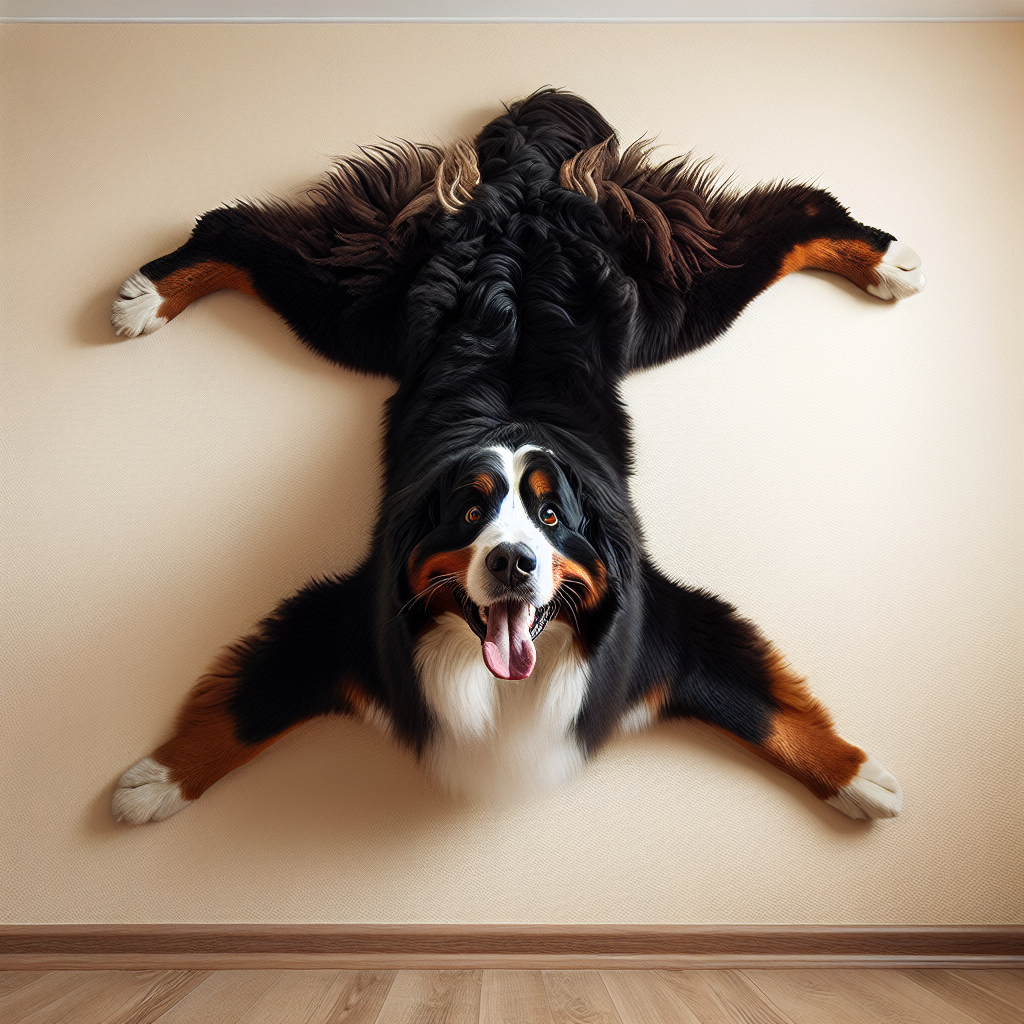
In recent years, advancements in artificial intelligence (AI) have revolutionized the field of image generation. With the development of cutting-edge algorithms and deep learning techniques, AI now has the ability to create highly realistic and detailed images, opening up a world of possibilities for various industries.
Simply describe what you want drawn, and the AI program will do it. We used the command "draw a Bernese Mountain Dog running on the beach" to use GeniaAi's AI Image Creator to draw the picture in this post.
One of the key technologies driving this progress is Generative Adversarial Networks (GANs), a type of neural network architecture that pits two networks against each other - a generator and a discriminator. The generator creates images, while the discriminator evaluates them, providing feedback to help improve the quality of the generated images. This iterative process continues until the generator produces images that are indistinguishable from real ones.
AI-powered image generation has numerous practical applications across different sectors. In the field of design and creativity, AI can assist graphic designers and artists in generating visual content quickly and efficiently. By inputting certain parameters or concepts, AI can produce a range of creative designs, saving time and enhancing productivity.
Moreover, in industries such as fashion and interior design, AI-generated images can be utilized for prototyping and visualizing concepts before investing resources in physical production. This not only accelerates the design process but also allows for better refinement and iteration based on the generated images.
In healthcare, AI image generation can be leveraged for medical imaging, such as generating synthetic MRI images for training machine learning models. This can help in augmenting limited datasets and improving the accuracy of diagnostic tools, ultimately leading to better patient outcomes.
Despite the incredible advancements in AI image generation, there are still challenges to be addressed, such as ensuring the ethical use of AI and mitigating biases in generated images. As the technology continues to evolve, it is crucial for developers and users to uphold ethical standards and incorporate fairness measures in the design and deployment of AI systems.
In conclusion, the integration of AI for image generation holds immense potential to transform various industries and streamline processes that rely on visual content. By harnessing the power of AI, businesses and professionals can unlock new opportunities for innovation and creativity in the digital age.
